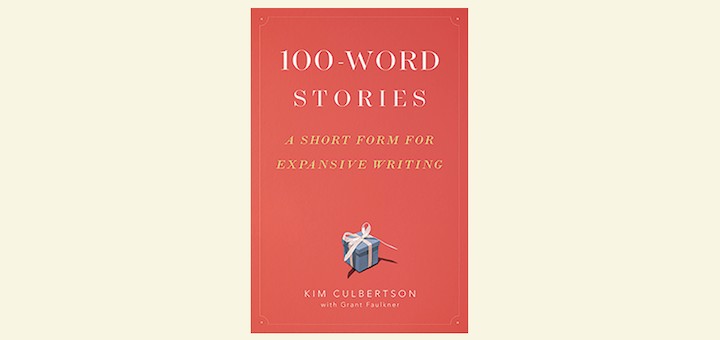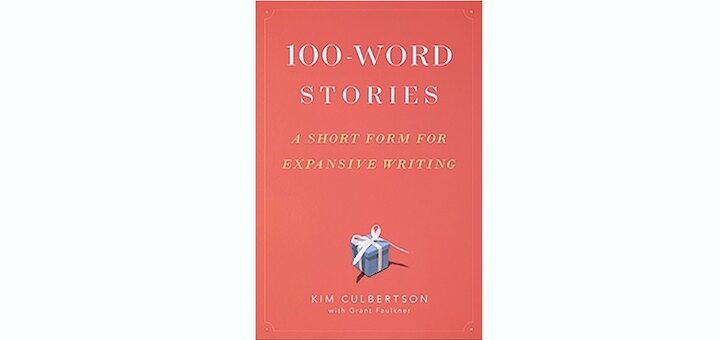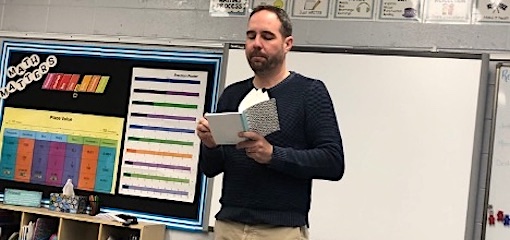100-Word Stories to Support SLIFE Literacy
100-Word Stories is a valuable resource, providing a structured yet flexible framework that serves as a tool to enrich language instruction and a catalyst for exploration and creative expression in the classroom. It will be especially valuable to her SLIFE learners, writes Melinda Stewart.


























